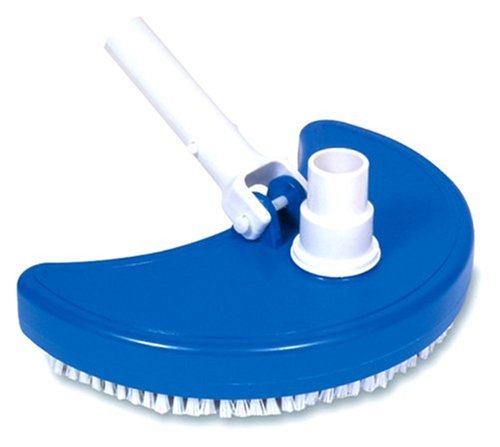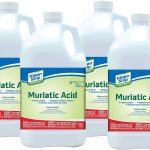
The Art of Brushing Pool Walls: Tips, Techniques, and Essential Tools for Sparkling Clean Swimming Pools
A Comprehensive Guide to Brushing Pool Walls, Best Practices, and Choosing the Right Equipment
Introduction
Regularly brushing pool walls is an essential aspect of swimming pool maintenance that helps maintain a clean and algae-free environment. By eliminating debris, algae, and biofilm buildup, brushing helps maintain water clarity and balance. In this article, we will discuss tips and techniques for brushing pool walls, the best times to brush, different types of brushes, and how often to brush for optimal results.
Tips and Techniques for Brushing Pool Walls
- Start at the Top: Begin brushing at the waterline and work your way down the walls, using long, overlapping strokes. This method ensures that debris is pushed downward, making it easier to remove with the pool vacuum.
- Brush Around Fittings: Pay special attention to areas around pool fittings, such as return jets, skimmers, and lights. These areas are prone to algae and debris buildup, and thorough brushing helps prevent problems.
- Brush Steps and Ledges: Don’t forget to brush pool steps, benches, and ledges, as these surfaces can also harbor algae and debris.
- Vacuum After Brushing: After brushing, vacuum the pool to remove the dislodged debris and algae. This step is crucial for maintaining water clarity and preventing debris from settling back onto pool surfaces.
Best Times to Brush
- After Chemical Treatments: Brushing the pool walls after adding chemicals helps distribute the treatments evenly, improving their effectiveness.
- Before Vacuuming: Brush the walls before vacuuming to dislodge debris and make it easier to remove.
- Early Morning or Late Evening: Brushing in the early morning or late evening, when the sun is less intense, can help prevent algae growth by removing any spores that may have settled overnight.
Different Types of Brushes
- Nylon Brushes: Nylon brushes are suitable for most pool surfaces, including vinyl, fiberglass, and painted concrete. They have soft bristles that effectively remove debris and algae without damaging delicate surfaces.
- Stainless Steel Brushes: Stainless steel brushes are designed for use on unpainted concrete or plaster pools. Their stiff bristles are more effective at removing stubborn algae and debris but can damage softer surfaces, such as vinyl or fiberglass.
- Combination Brushes: Combination brushes feature a mix of nylon and stainless steel bristles, offering the best of both worlds. These brushes are ideal for pools with a combination of surfaces or for tackling various types of debris and algae.
- Corner Brushes: Corner brushes have angled bristles designed to clean hard-to-reach areas, such as corners and crevices. They can be used in conjunction with other brushes to ensure thorough cleaning.
How Often to Brush
As a general rule, pool walls should be brushed at least once a week to prevent algae and debris buildup. However, during periods of heavy use or in warm, humid climates, more frequent brushing may be necessary to maintain water clarity and balance.
Conclusion
Regularly brushing pool walls is a crucial aspect of pool maintenance that helps keep the water clean and algae-free. By adopting proper techniques, choosing the right brush for your pool’s surfaces, and brushing at the appropriate frequency, you can ensure a well-maintained and enjoyable swimming environment. Don’t underestimate the importance of this simple yet effective maintenance task – your pool will thank you for it.




